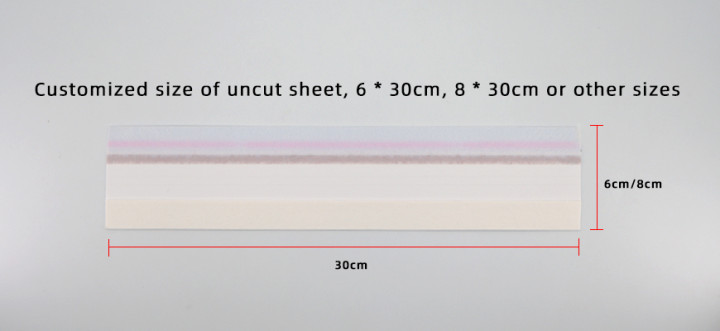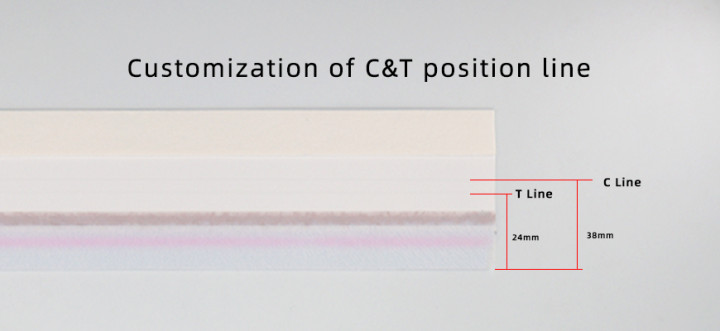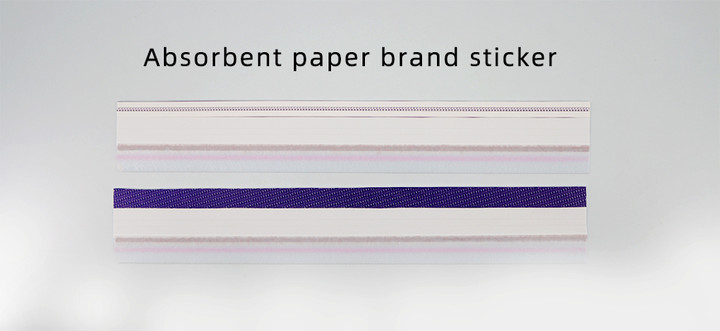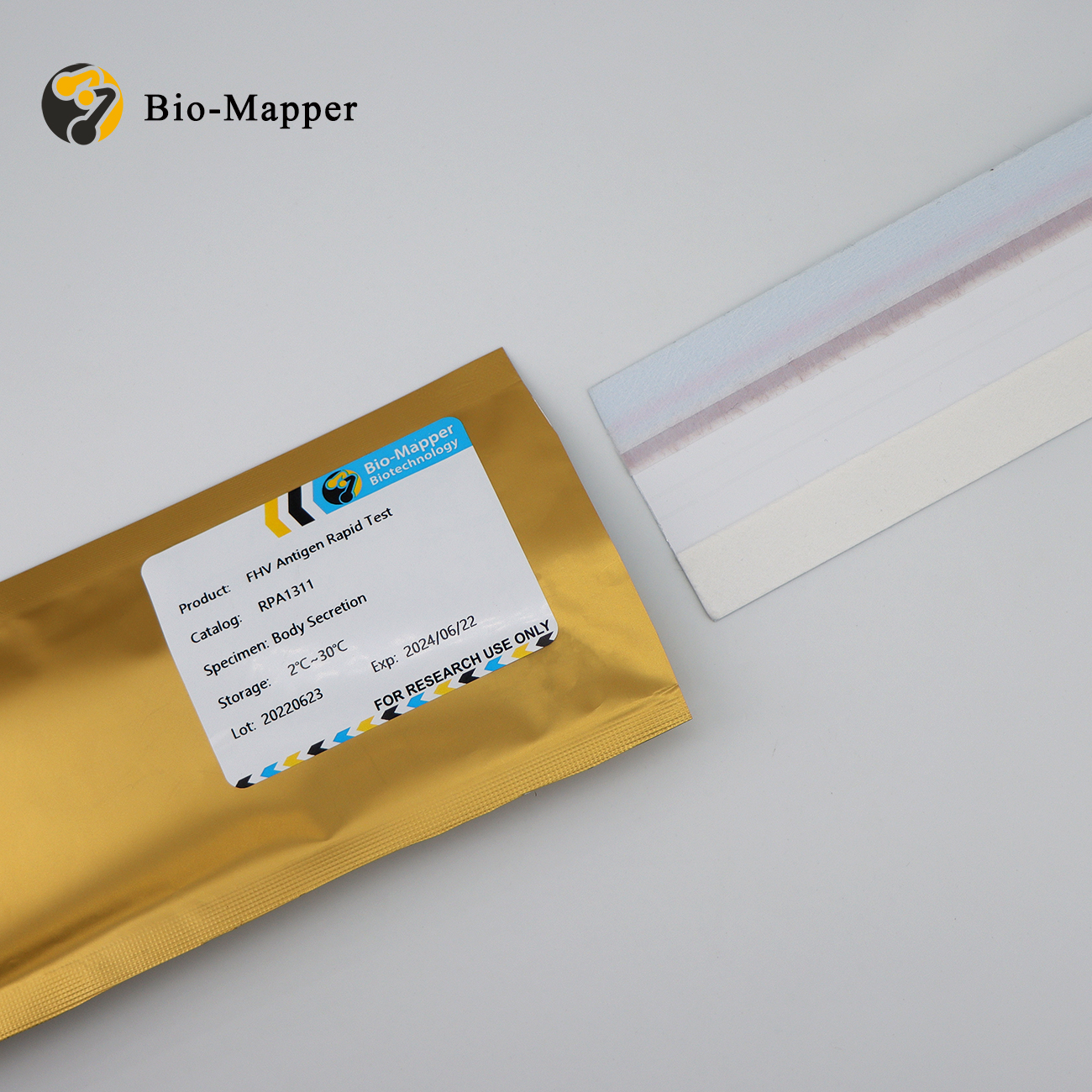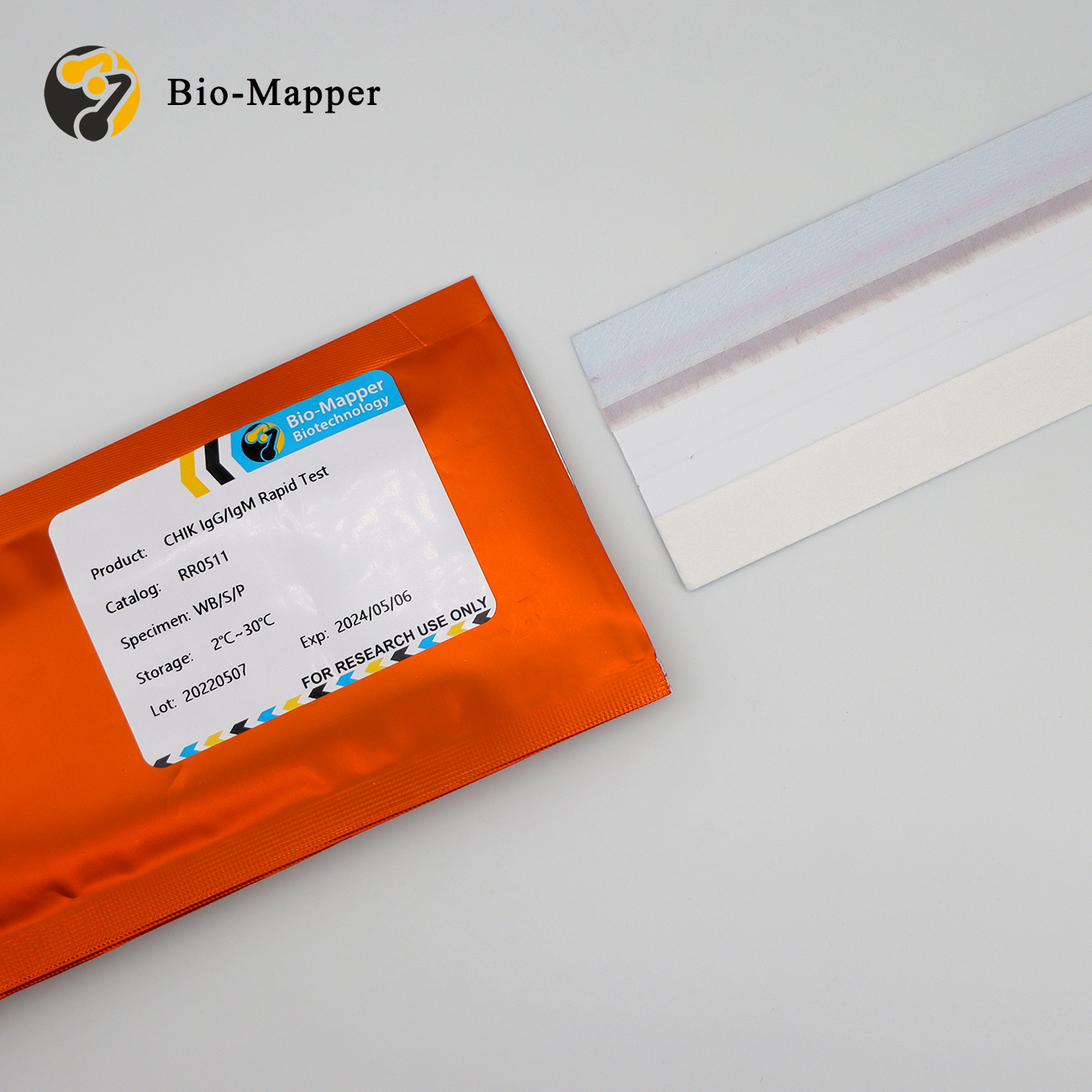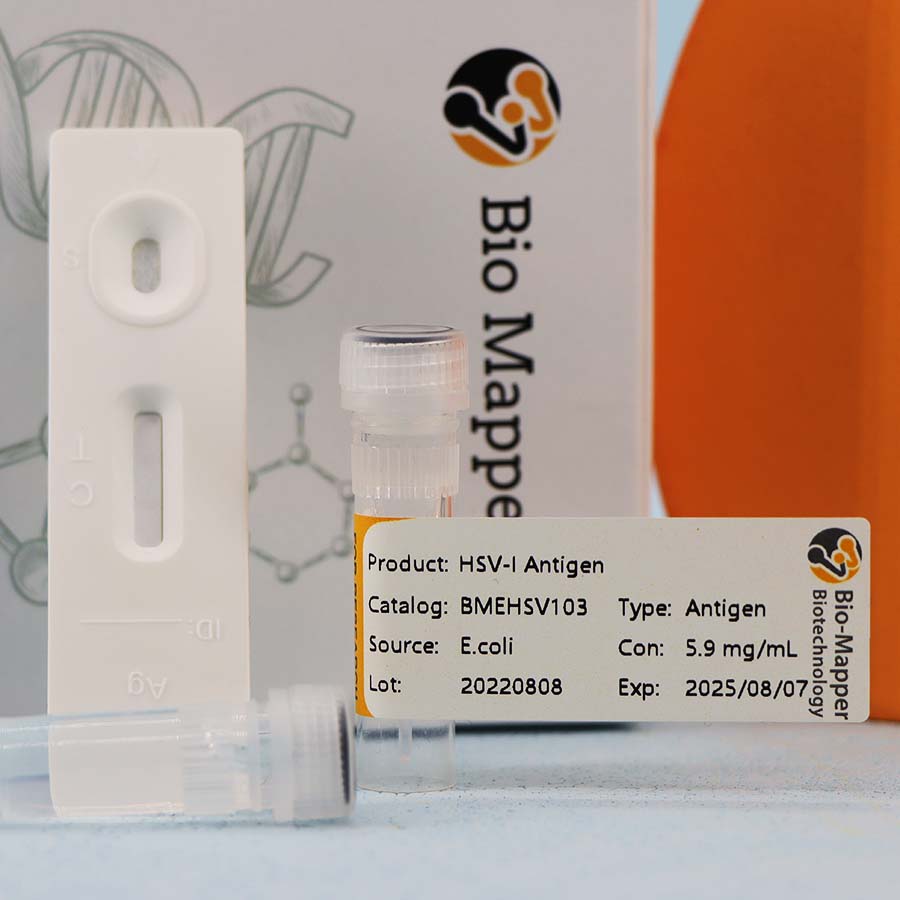Detailed description
Canine parvovirus is a highly contagious virus that can affect all dogs, but unvaccinated dogs and puppies younger than four months old are the most at risk. Dogs that are ill from canine parvovirus infection are often said to have “parvo.” The virus affects dogs’ gastrointestinal tracts and is spread by direct dog-to-dog contact and contact with contaminated feces (stool), environments, or people. The virus can also contaminate kennel surfaces, food and water bowls, collars and leashes, and the hands and clothing of people who handle infected dogs. It is resistant to heat, cold, humidity, and drying, and can survive in the environment for long periods of time. Even trace amounts of feces from an infected dog may harbor the virus and infect other dogs that come into the infected environment. The virus is readily transmitted from place to place on the hair or feet of dogs or via contaminated cages, shoes, or other objects.
Some of the signs of parvovirus include lethargy; loss of appetite; abdominal pain and bloating; fever or low body temperature (hypothermia); vomiting; and severe, often bloody, diarrhea. Persistent vomiting and diarrhea can cause rapid dehydration, and damage to the intestines and immune system can cause septic shock.
The Canine Parvovirus (CPV) Antibody Rapid Test Device is a lateral flow immunochromatographic assay for the semi-quantitative analysis of canine parvovirus antibodies in serum/plasma.The test device has a testing window containing an invisible T (test) zone and a C (control) zone. When the sample is applied onto the device well, the liquid will laterally flow through the surface of the test strip and react with the pre-coated CPV antigens. If there are anti-CPV antibodies in the sample, a visible T line will appear. The C line should always appear after a sample is applied, which indicates a valid result.




